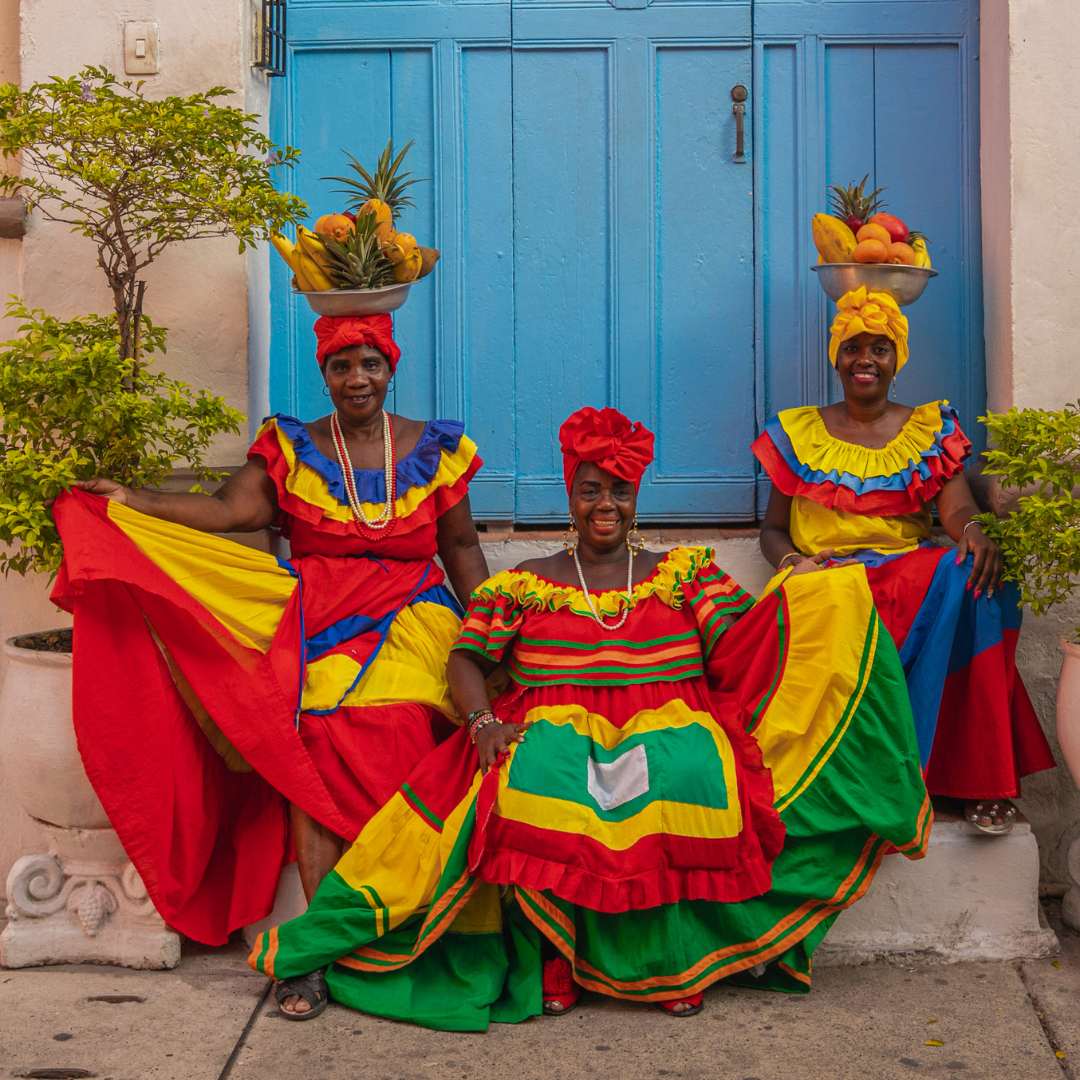Cultural Experiences in Cartagena: Exploring Forts, Festivals, and Afro-Caribbean Rhythms

Cartagena, a coastal city in Colombia, is a treasure trove of historical and cultural experiences. It’s a melting pot where ancient Spanish colonialism meets Afro-Caribbean rhythms, where architectural gems are as significant as the fervent beats of the festivals. From its imposing forts and walled city to its vibrant markets, Cartagena invites exploration. As we delve into this picturesque city, we uncover layers of rich cultural experiences that tell tales of its multifaceted history and diverse communities.
Cartagena’s Forts: Guardians of History
The forts in Cartagena are not just stone structures; they’re guardians of history. Constructed during the colonial era, these fortresses were crucial in defending Cartagena from pirate attacks and foreign invasions. Castillo de San Felipe de Barajas, perhaps the most iconic of these forts, stands as a testimony to Spanish military engineering prowess. As you walk its walls and tunnels, the stories of brave soldiers and epic battles come alive. Exploring these forts is like stepping back in time, capturing the essence of an era when Cartagena was the jewel in the Spanish crown.
Dancing to the Afro-Caribbean Beat
The rhythms of the Afro-Caribbean have seeped deep into Cartagena’s soul. Streets come alive with impromptu dance sessions, and sounds of drums and maracas fill the air. Cumbia, a traditional Colombian dance, has roots in both indigenous and African traditions, reflecting the blend of cultures. Cartagena’s dance schools offer visitors a chance to learn these moves and rhythms, ensuring that the city’s musical heritage continues to captivate and inspire.
Festivals that Light Up the Streets
Cartagena’s festivals are a riot of color, sound, and energy. Events like the Cartagena International Music Festival and the Carnaval de Barranquilla attract visitors from around the world. Each festival is a showcase of Colombia’s rich traditions, merging indigenous, African, and Spanish influences in spectacular parades, dances, and musical performances. The streets, adorned with lights and decorations, pulsate with life as locals and tourists alike lose themselves in the festivities.
The Role of Cartagena in Afro-Colombian Heritage
Cartagena was a major port during the transatlantic slave trade, making it central to Afro-Colombian history. Palenque, a town near Cartagena, was founded by escaped slaves and is now a UNESCO World Heritage site. Its inhabitants have preserved African traditions, languages, and customs, offering a unique insight into the African diaspora’s resilience and spirit in Colombia. Cartagena’s museums and cultural sites further illuminate this rich heritage, ensuring that the stories of those who arrived in chains but fought for their freedom are never forgotten.
Architectural Gems in the Walled City
The Walled City of Cartagena is a marvel of colonial architecture. Walking its cobbled streets transports visitors to another era, where grand churches, plazas, and colonial mansions stand as testaments to Spanish grandeur. Balconies draped with flowers and the iconic clock tower gate offer perfect photo opportunities. Each structure within the Walled City, whether it’s the Cartagena Cathedral or the Santo Domingo Square, is an architectural masterpiece worth exploring.
The Melting Pot: Cartagena’s Diverse Communities
Cartagena’s diversity is evident in its communities. From indigenous groups to Afro-Colombians and mestizos, each community has shaped the city’s culture. Walking the streets, one can hear the mix of Spanish, African dialects, and indigenous languages, a testament to Cartagena’s rich tapestry of cultures. This melting pot has fostered a spirit of tolerance and unity, making Cartagena a beacon of multiculturalism in Colombia.
Culinary Adventures in Cartagena’s Markets
A trip to Cartagena is incomplete without delving into its culinary landscape. The city’s markets offer a smorgasbord of flavors – from tropical fruits like guanábana and passion fruit to local delicacies like arepas and ceviche. Each stall tells a tale of Cartagena’s rich agricultural heritage and the blending of culinary traditions from various communities. These markets are not just places to shop; they are sensory experiences that tantalize the taste buds and offer insights into Cartagena’s gastronomic soul.
To journey through Cartagena is to dance to its Afro-Caribbean rhythms, to taste its culinary wonders, and to immerse oneself in its rich history and diverse communities. The city, with its forts, festivals, and vibrant markets, is a testament to the resilience and spirit of its people. Cartagena invites you not just to visit, but to experience, to learn, and to carry a piece of its soul with you. A piece that reverberates with the beats of drums, the tales of ancient battles, and the flavors of a cultural melting pot.


